Looking back over what appears to be a very successful drupa one can see all the new announcements in both analog and digital printing and hopefully can put them into context. There is no doubt that digital printing took most of the printing limelight at the show and that in terms of generating attention offset was a minor player. I am sure however if one looks at the show in terms of value of orders taken that offset will have taken the larger share as companies invest after delaying orders for some as they see investment is necessary to remain competitive in their markets.
In the digital printing area there were a number of different trends to be seen.
- The well-established toner based sheet fed presses are reaching a level of maturity where progress is slowing up. We saw some speed improvements, such as the Xerox iGen 150 and Konica Minolta bizhub PRESS C1100, and we may be getting to close to the full speed such dry toner presses using ground or chemically grown toners can achieve. What we are likely to see in the future with these presses is increased functionality, such as the longer sheet sizes as shown on the Xerox iGen4 EXP and the Kodak Nexpress Platform, and extra functionality through extra printing stations, again as seen on the Kodak Nexpress Platform.
- Liquid toner presses move forward in functionality and speed. This was seen with the launch of the new HP Indigo Series 3 platform as shown with the HP Indigo 10000, 20000 and 30000 presses. These new presses have an increased imaging width of nearly 30 inches (75 cm). This width is easier to achieve with liquid toner than with dry toner. This extra width allows for larger sheet sizes increasing productivity and adding increased flexibility. It also allows for a reel fed press for the flexible packaging market to challenge flexo printing, and also a single sided press for the folding carton market.
- Also in the liquid toner press area we saw three new developments that take electrophotographic press into a totally new business area that maintains liquid toner’s high quality, but then adds the speed of fast inkjet printing. These use a different approach to that used in HP Indigo’s presses and allows for potentially at least a 400% increase in speed. The presses we saw came from Océ, Miyakoshi/Ryobi and Xeikon.
- The arrival of a number of new high-speed continuous feed inkjet presses to compete with the range of presses already successfully operating in the market. These included the KBA Rotajet 76, the Komori Impremia IW20, the Founder EagleJet P5200 and the Fujifilm Jet Press W. These presses used either Kyocera or Panasonic print heads. There were probably others I did not see. Of these only the Founder and Fujifilm products are already in the market, the Fujifilm product having great similarities to some Océ JetStream presses as they all come via Miyakoshi.
- The B2 sheet fed press market. This is a market that was previewed at the previous drupa with the Fujifilm JetPress 720, the Dainippon Screen Truepress JetSX and the Jadason QPress. These presses are now available for sale unlike every other B2 digital sheet fed press introduced at drupa. For these new introductions I expect we will see most of them becoming available for sale after IPEX in 2014. I have already mentioned the HP Indigo 10000 that is the most advanced in terms of coming to market, of all these presses, and also the Miyakoshi/Ryobi press that wins my award for the worst presentation and demonstration at drupa. The other new presses that were previewed were all inkjet based and included the following. The Komori Impremia IS29 built upon a Komori press chassis with Konica Minolta print heads (also being introduced as the Konica Minolta KM-1 press); the Delphax Elan press using Memjet print heads; The MGI Alphajet B2 and I never found out what technology this press used, or ever saw it working; the Fujifilm Jet Press F folding carton press that uses the same Dimatix Samba print heads as the Jetpress 720. To my mind most of these presses look more like offset presses that print with inkjet heads. Most lack true digital functionality like duplex printing, inline finishing and multiple input paper sources and because of these imitations will have to compete against the latest very efficient B2 format offset presses like the Heidelberg SM75 Anicolor for conventional printing work.
- Folding carton applications for digital printing. This is a market that was first previewed at the previous drupa by Xerox working with Stora Enso. Xerox has been relatively successful in specialized niche carton applications with there technology. At this drupa almost every supplier was jumping on the folding carton bandwagon, particularly in the new B2 digital sheet fed space. To name a few, HP Indigo, Fujifilm, Landa, Screen and no doubt others.
- The Landa Experience was without doubt the highlight of drupa with the introduction of Nanographic printing technology. This in terms of impact was the star of the show and the Landa strategy of getting partnership agreements with key offset vendors like Komori and manroland, and possibly Heidelberg really set the cat among the pigeons. Landa is pushing this new technology as challenging the mainstream of offset printing in terms of quality and costs. By mainstream he is talking about run lengths of 10,000 sheets or more. The introduction of six different presses in sheet and reel fed formats was amazing, and two were actually printing good quality output. What was really interesting was how Landa and his team had managed to do what no other company has done in inkjet printing and that is to take the water out of the ink before it hits the substrate. To do this uses similar ideas to those he originally developed at Indigo by imaging ink onto a heated blanket, and then transferring the ink layer only to the substrate. The difference is he uses water as the ink carrier rather than a volatile oil carrier used by HP Indigo.
Most of what we saw was a preview of what should come to market within the next two years. What I can say is messe Düsseldorf’s drupa 2012 event was a great event for telling the world why they have to visit IPEX in London in 2014 to see the products that should be available to purchase at this time.
So what did I think of all these new developments, how will they be used, and will they eat into the mainstream offset market as Benny Landa predicts? Also will Landa’s Nanographic Printing being the main technology for the future, or will either new generation liquid toner presses such as those from Océ and Xeikon, or inkjet B2 or continuous feed high-speed presses be shown to be the technology for the future? Or will there be a space for all of them? Can they compete with advanced offset presses in changing the market? Well for my thoughts on that you will have to wait until Part 2 of this article.

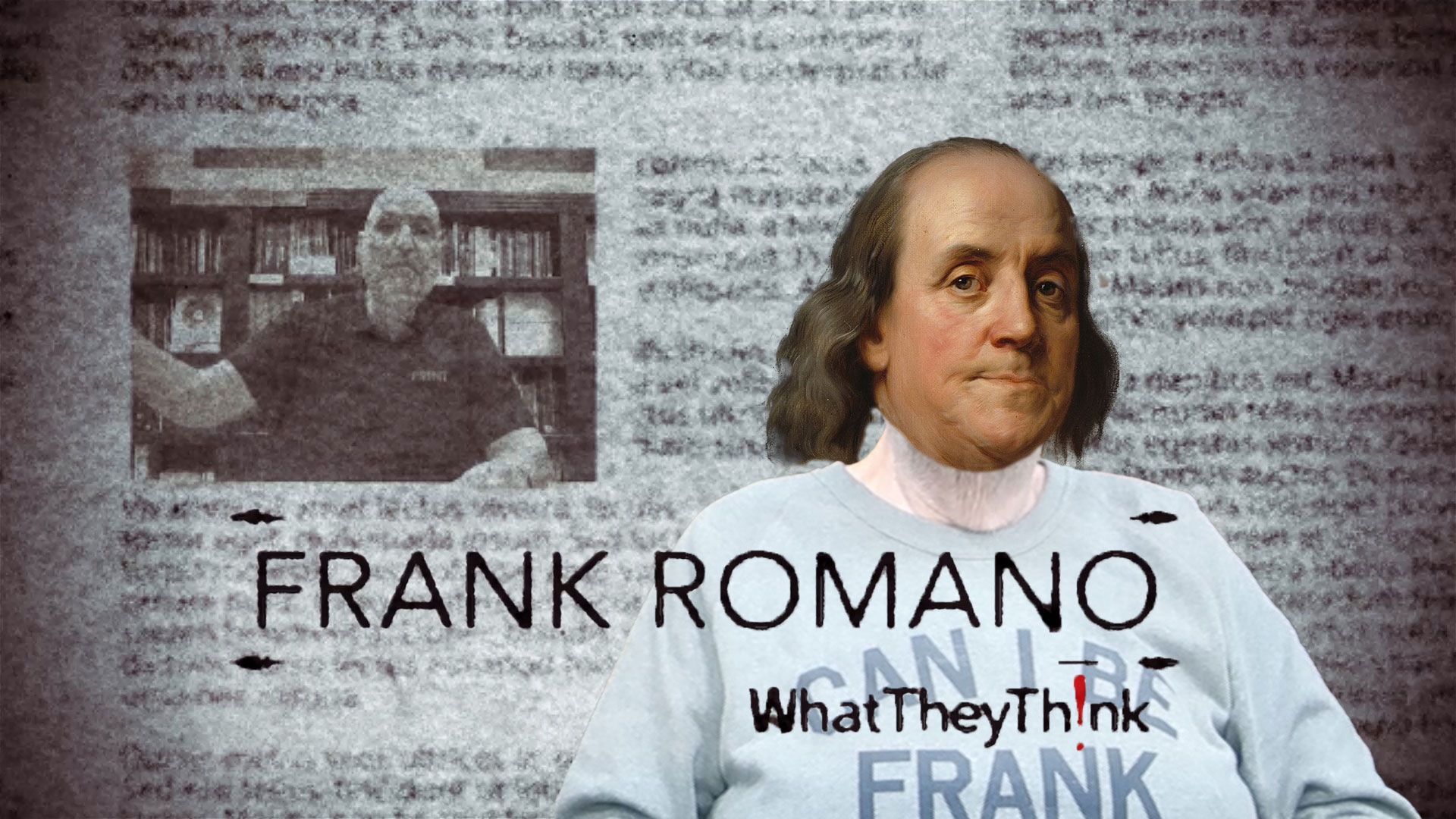



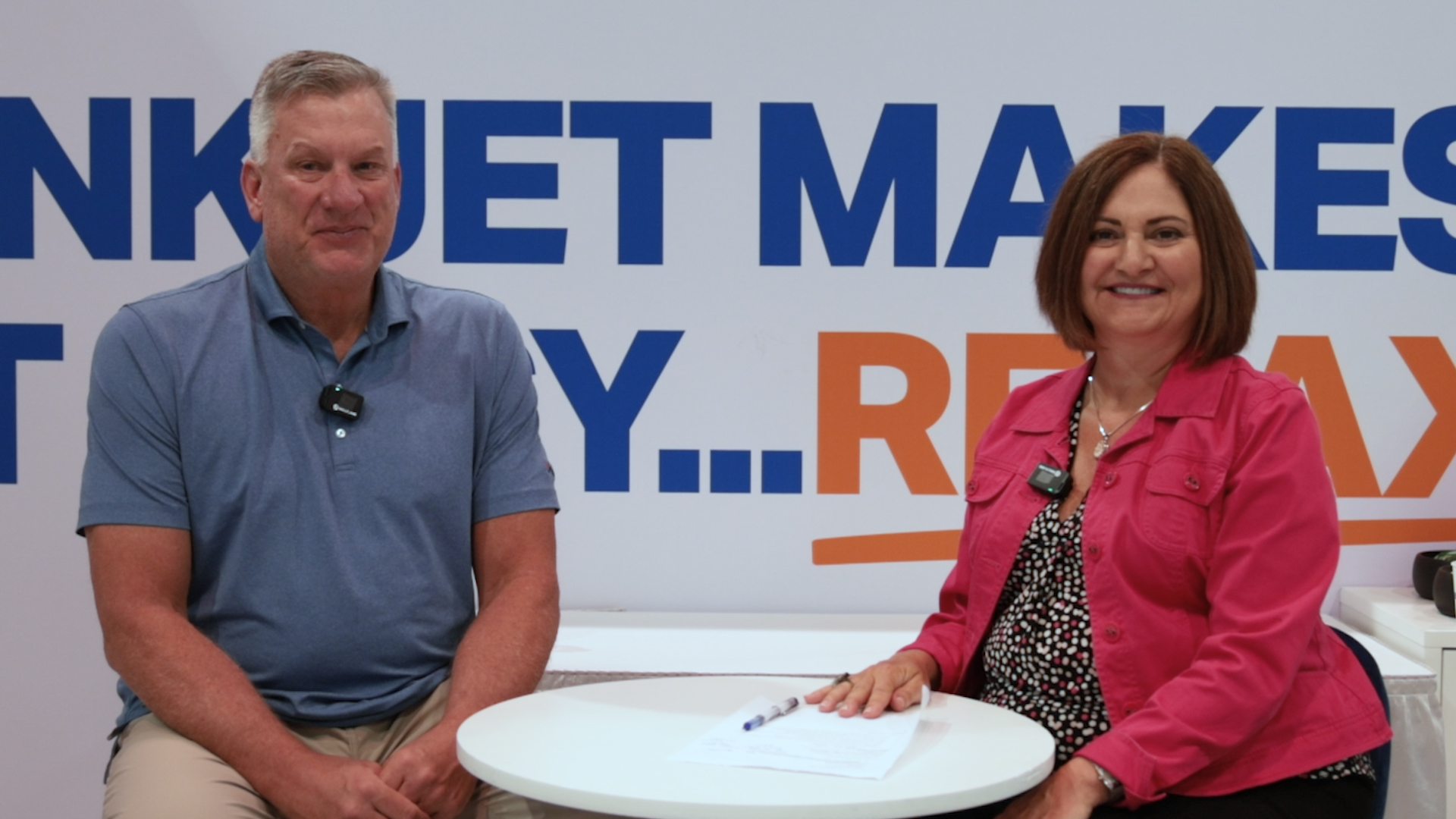


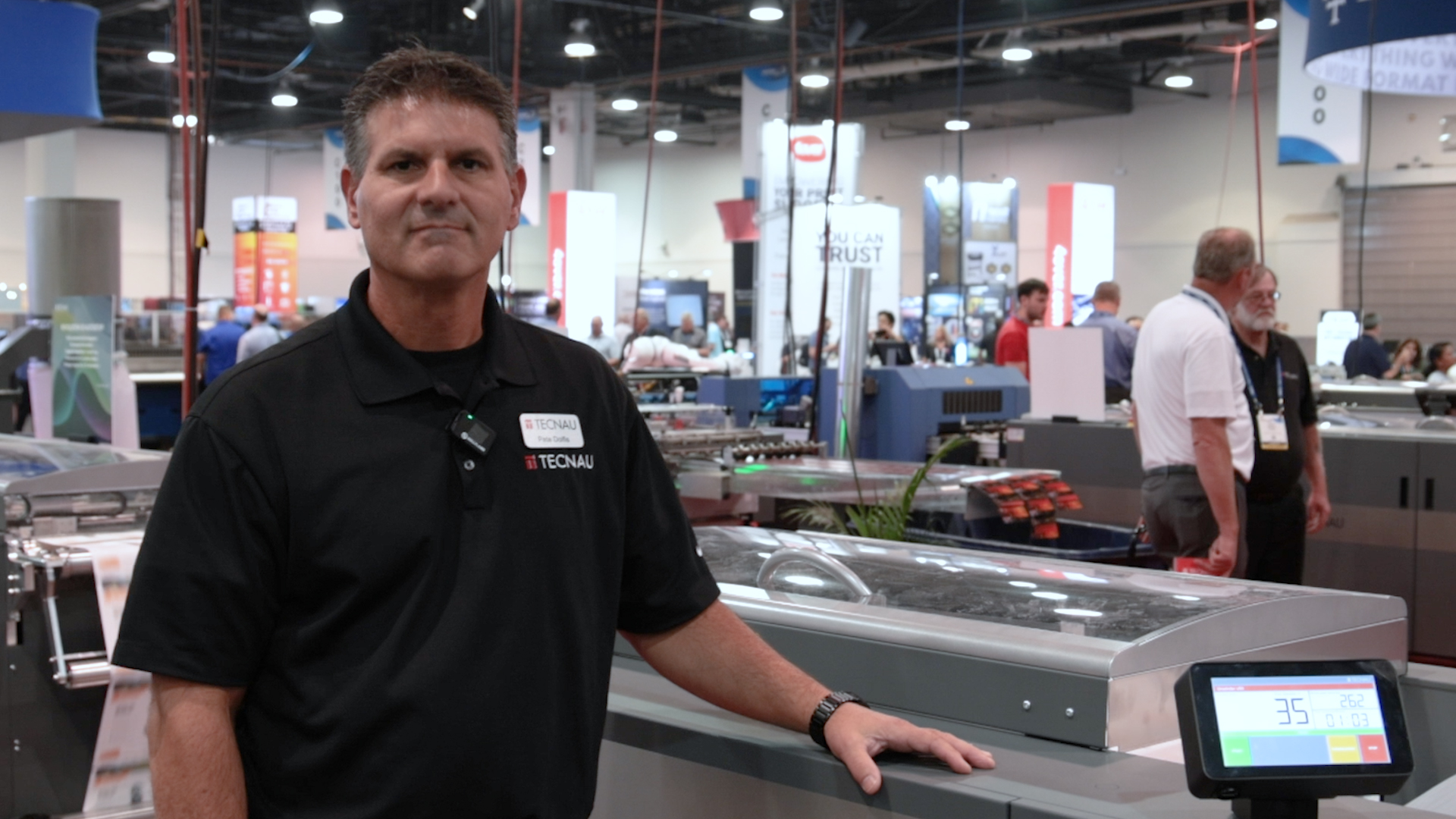
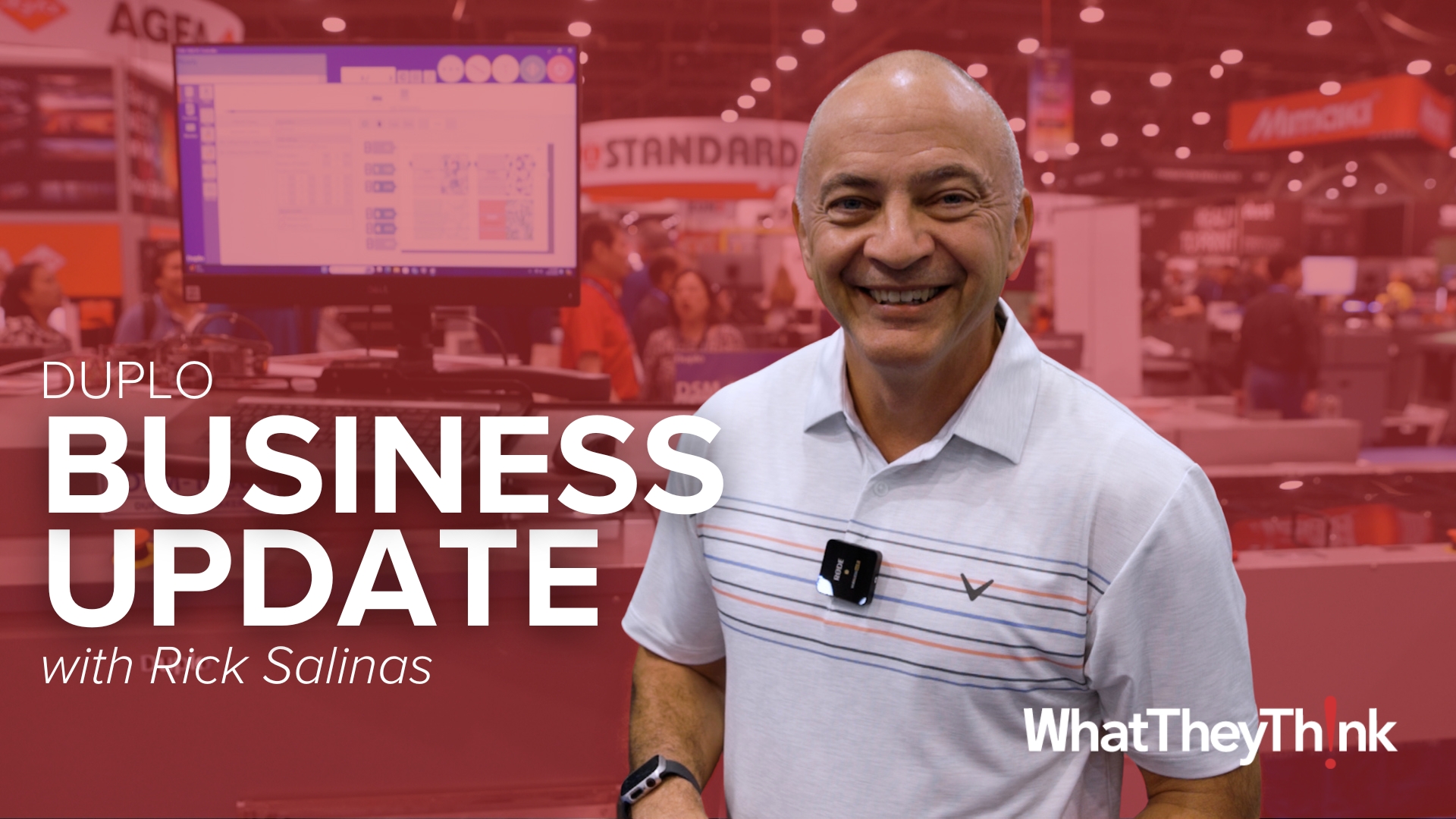


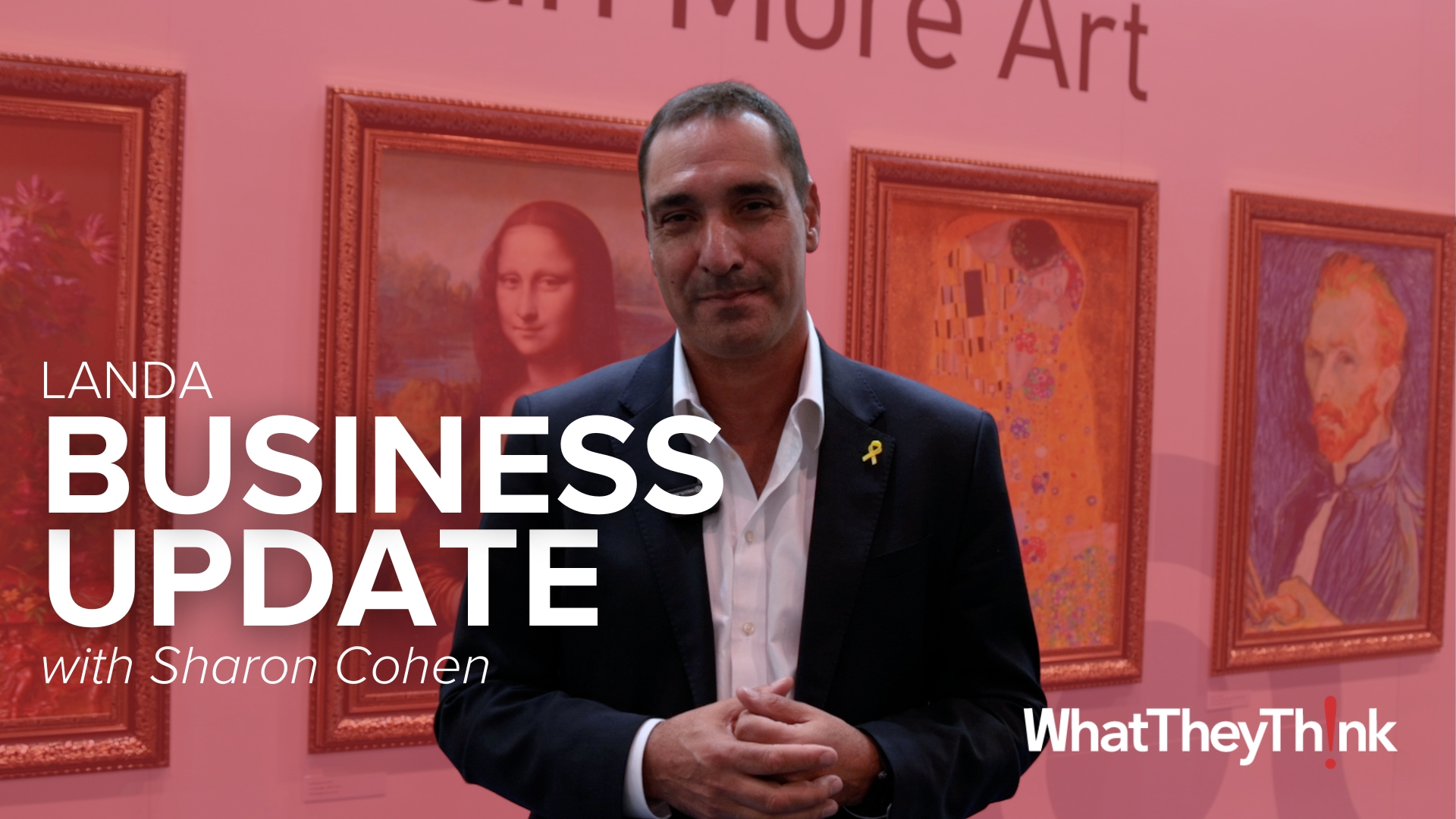


Discussion
By Gang Duan on May 23, 2012
Nano ink is not real news in this industry, if nano ink without better control on nozzle the quality will not be good as we have seen from the printed sample. Would like to see comments on the nozzle from part 2.
By Henry Freedman on May 23, 2012
Thank you Andy for your thoughtful comments. With
regard to dry toner presses at devices slowing, I would agree except for Kodak's Nexpress. Nexpress took dry toner to 166 ppm sheetfed at
Drupa, the Kodak HD toner won over the HP Liquid toned Indigo for photo reproduction now on at least three separate independent tests,
thus a dry toner press with a larger particle size now beats a liquid ink toner with
smaller particle on an EP machine. This is groundbreaking.
Kodak has also delivered a gold metallic toner to EP devices. This is amazing. What this does with the HD toner to print images may very well be
the highest image quality at Drupa off a press. Therefor Kodak toner devices brought major breakthroughs to Drupa. I do agree with you the others around Kodak Nexpress are slowing if not dropping away while Nexpress is gaining quickly.
By Rossitza Sardjeva on May 24, 2012
OK, all this about Nexpress is well known already, since drupa 2008. But what is the news from Kodak now, gold metalic toner is not so important for the printing industry in generally......
By Henry Freedman on May 24, 2012
Regarding Drupa 2008. What was mentioned here was not at Drupa 2008. So look what has occured in just 4 years on Nexpress. 1. Fastest sheet fed toner at IQ level they do, 2. Metalic toner, 3. HD toner passing liquid toner (which yuo are too quick to dismiss and was not here in 2008).
So "all this about Nexpress" is that this is very much breakthrough technology at Drupa 2012. BTW
metlalic toner is important to people who use print to communicate, important to Kodak's customers and why it was made and recived with such success. You should get a sample print along with HD and look at the powerful message it produces and your comment here should change.
You won't get that on your iPad.
By Rossitza Sardjeva on May 26, 2012
Thank you for the explanation.
P.S. I took print samples at Kodak stand.
Discussion
Only verified members can comment.